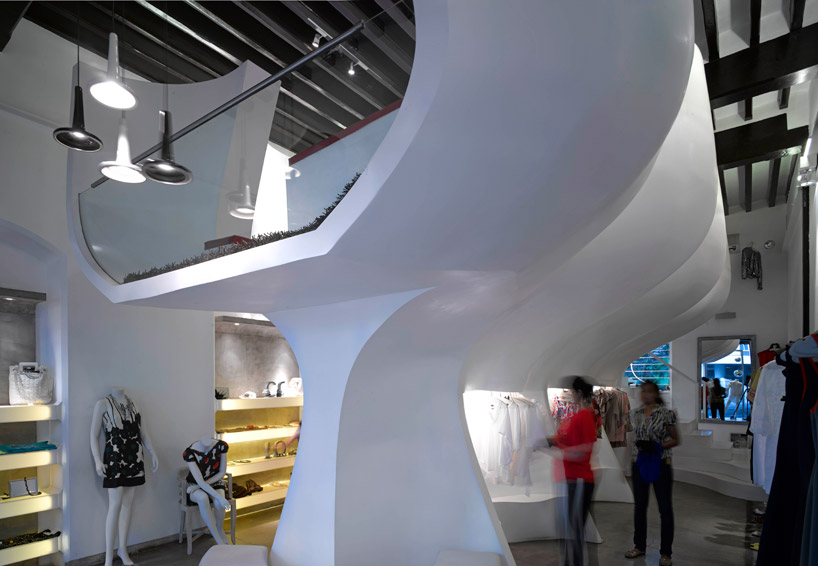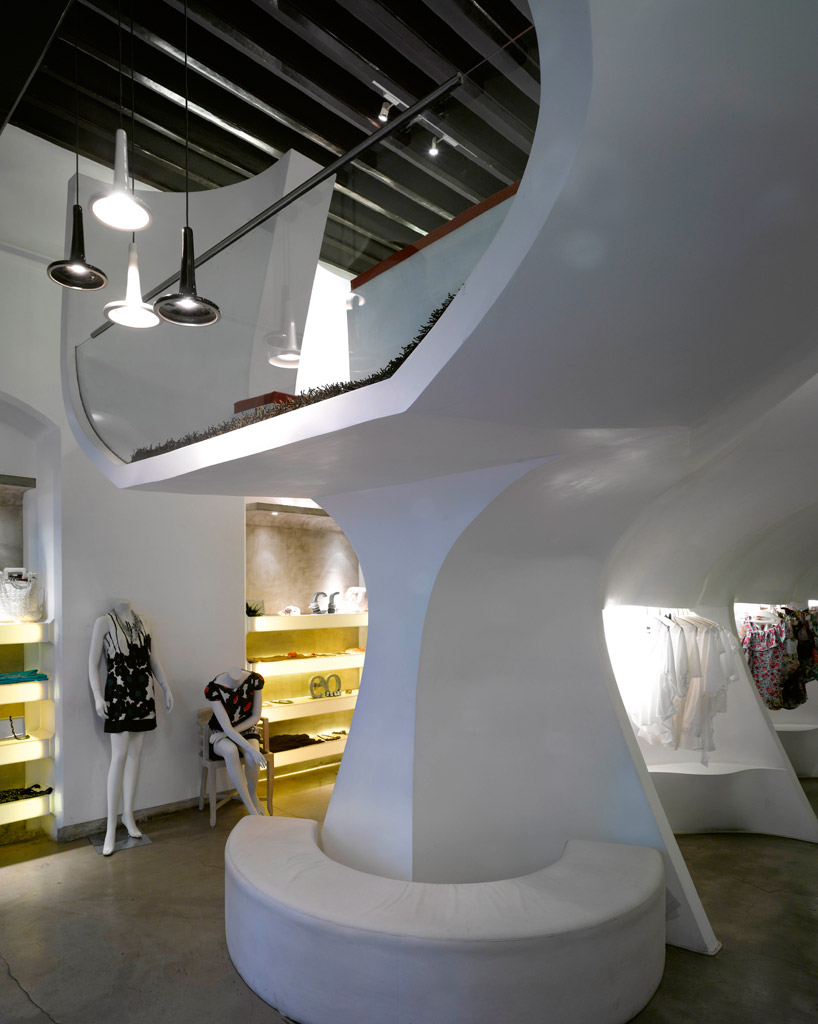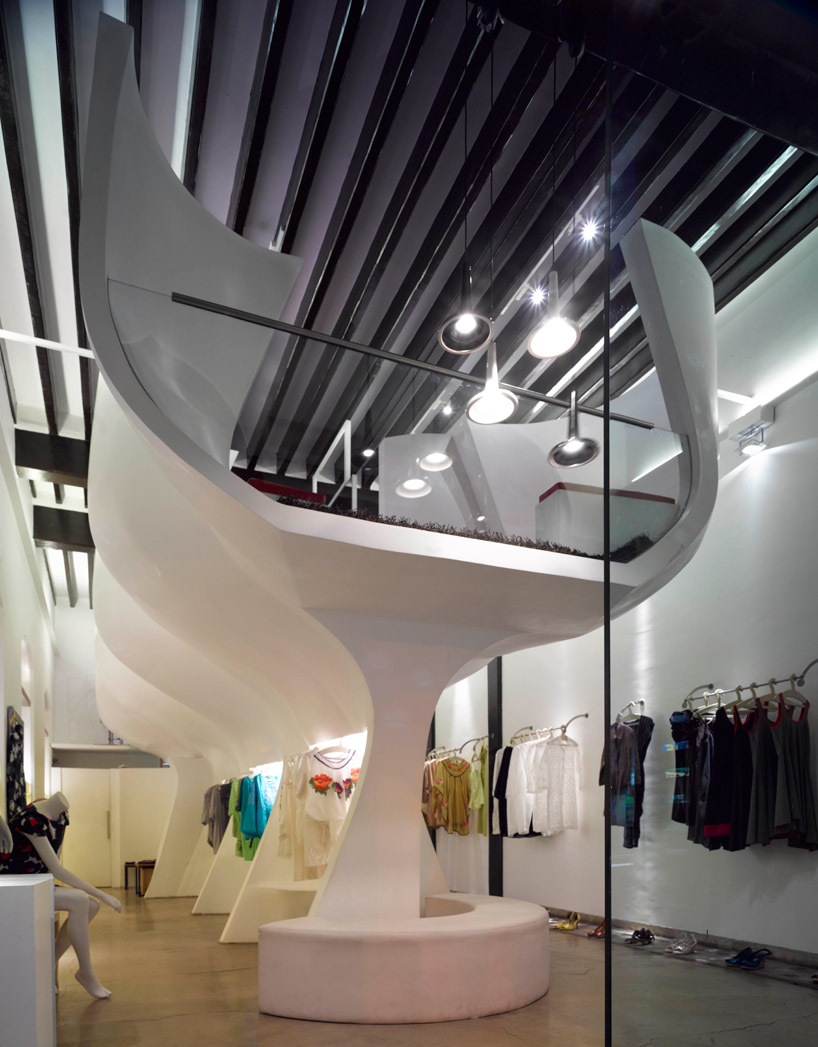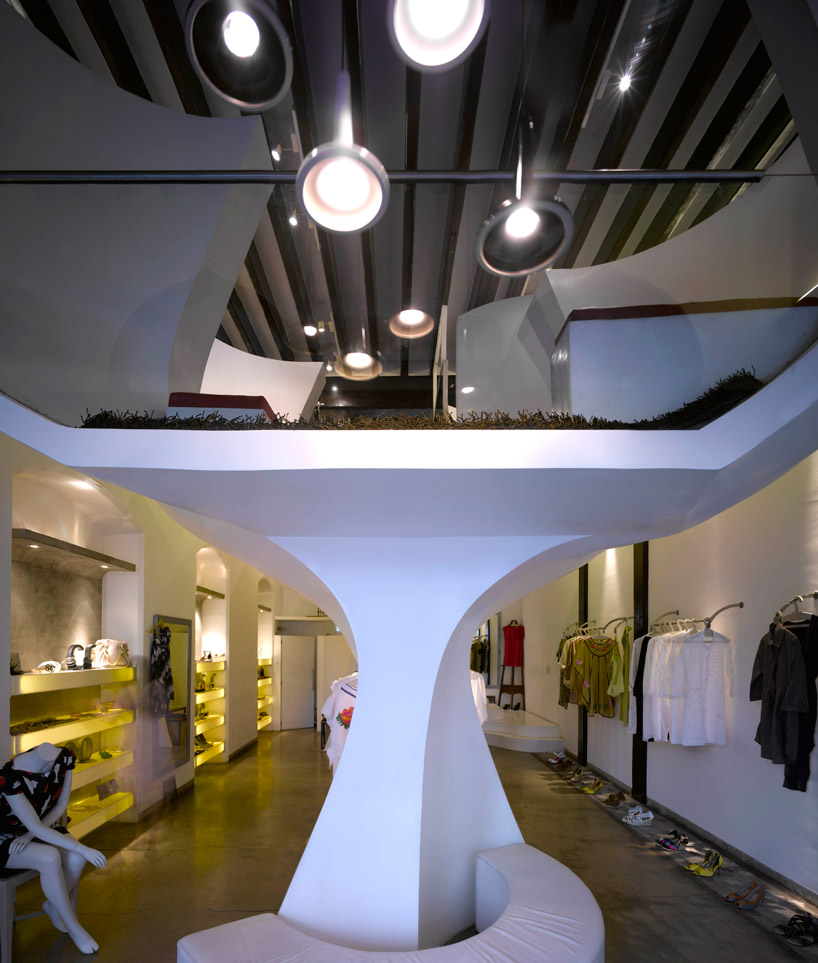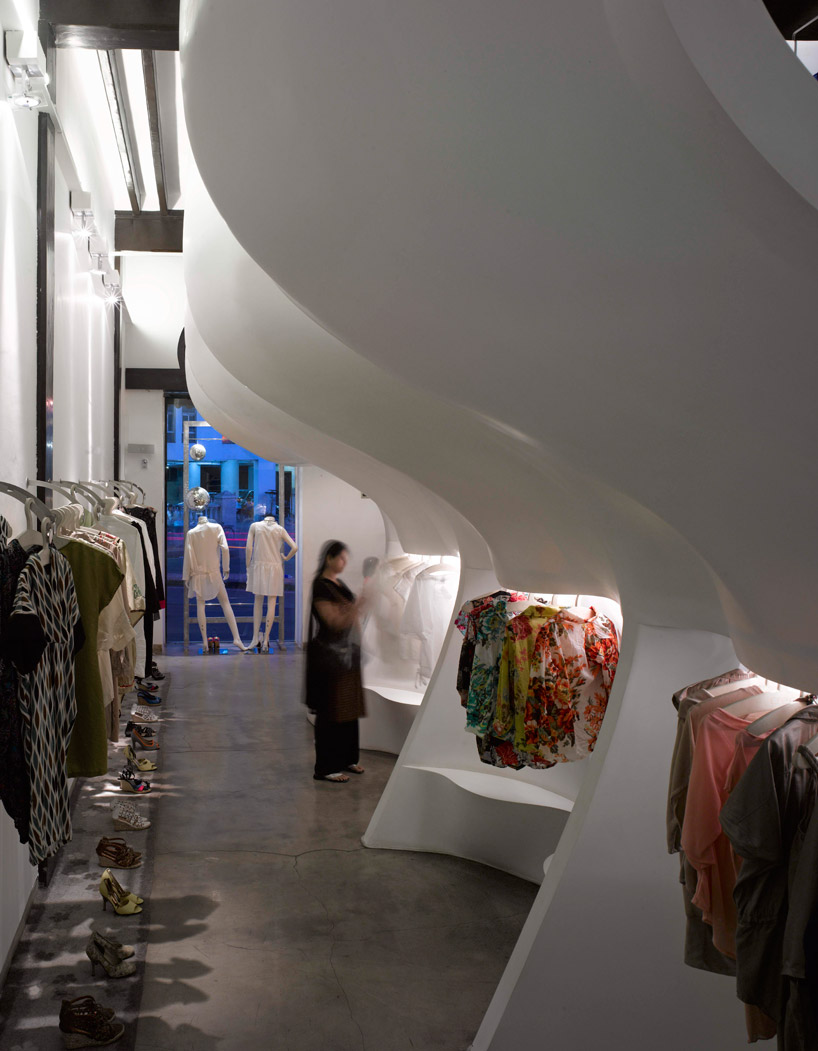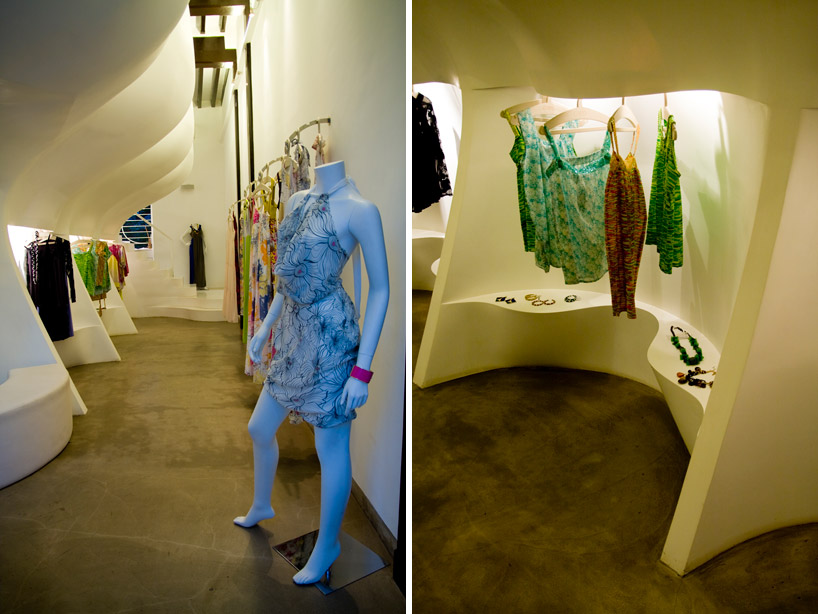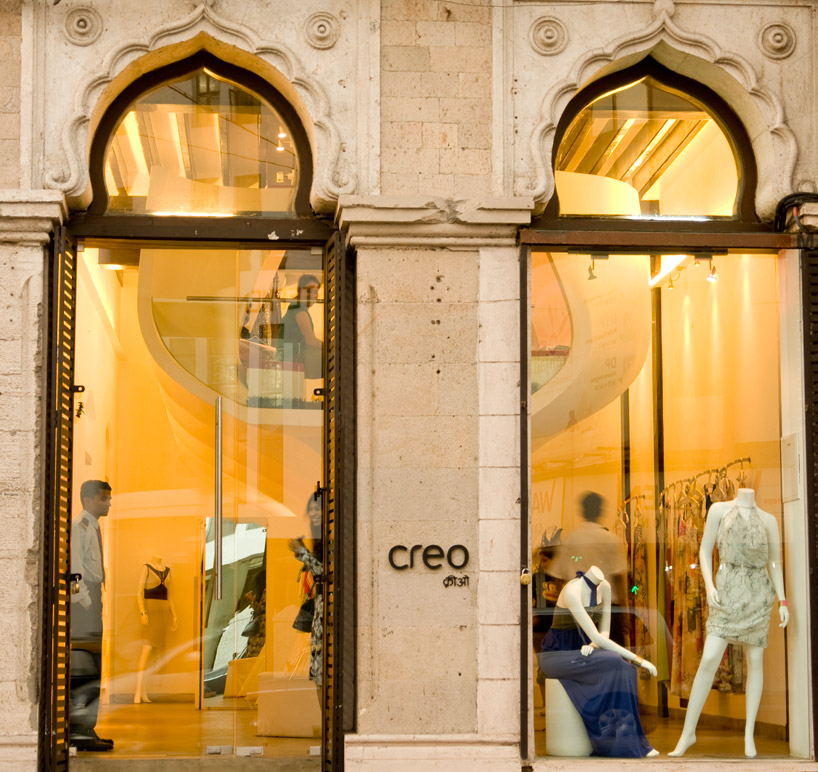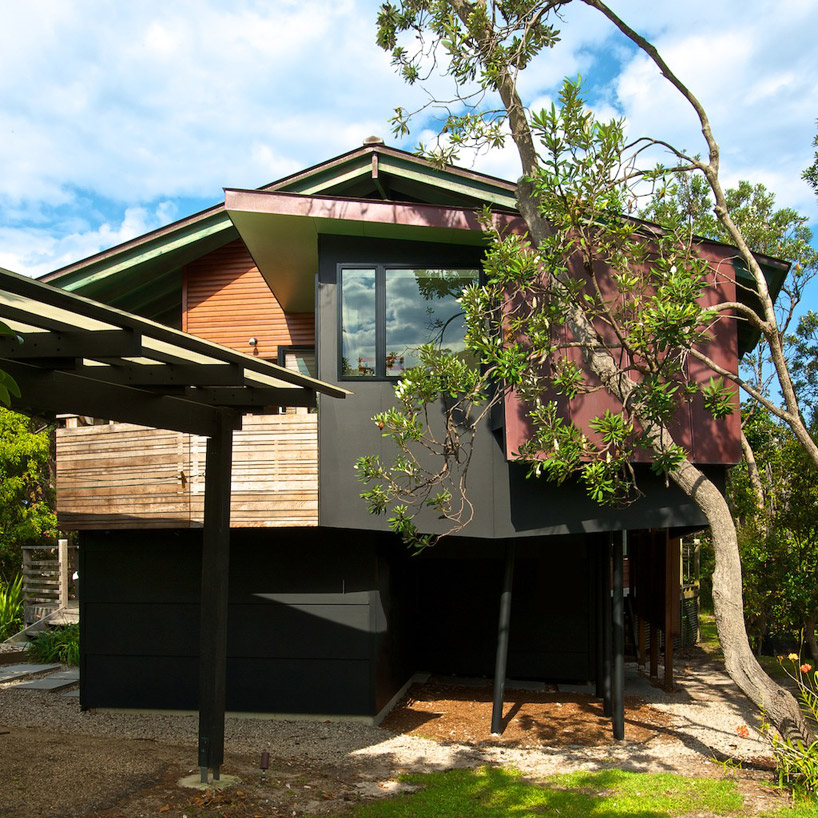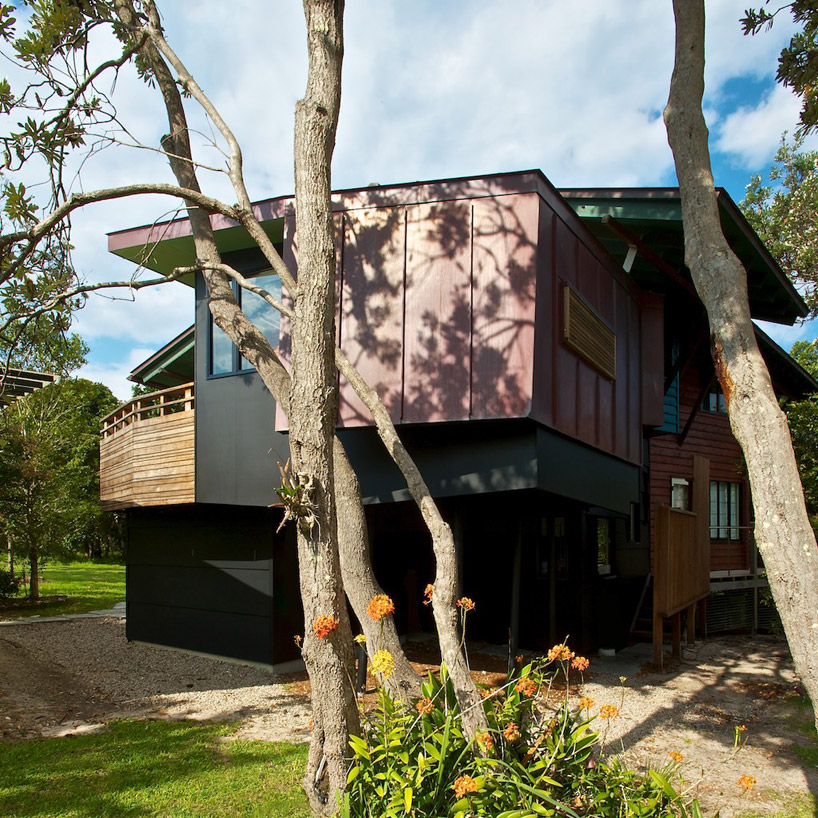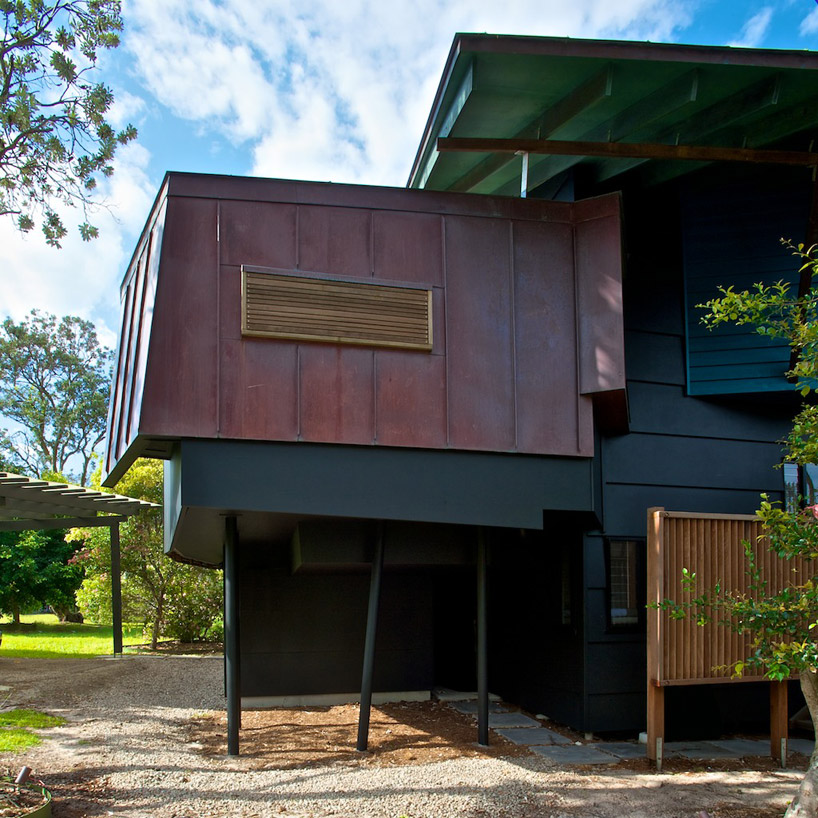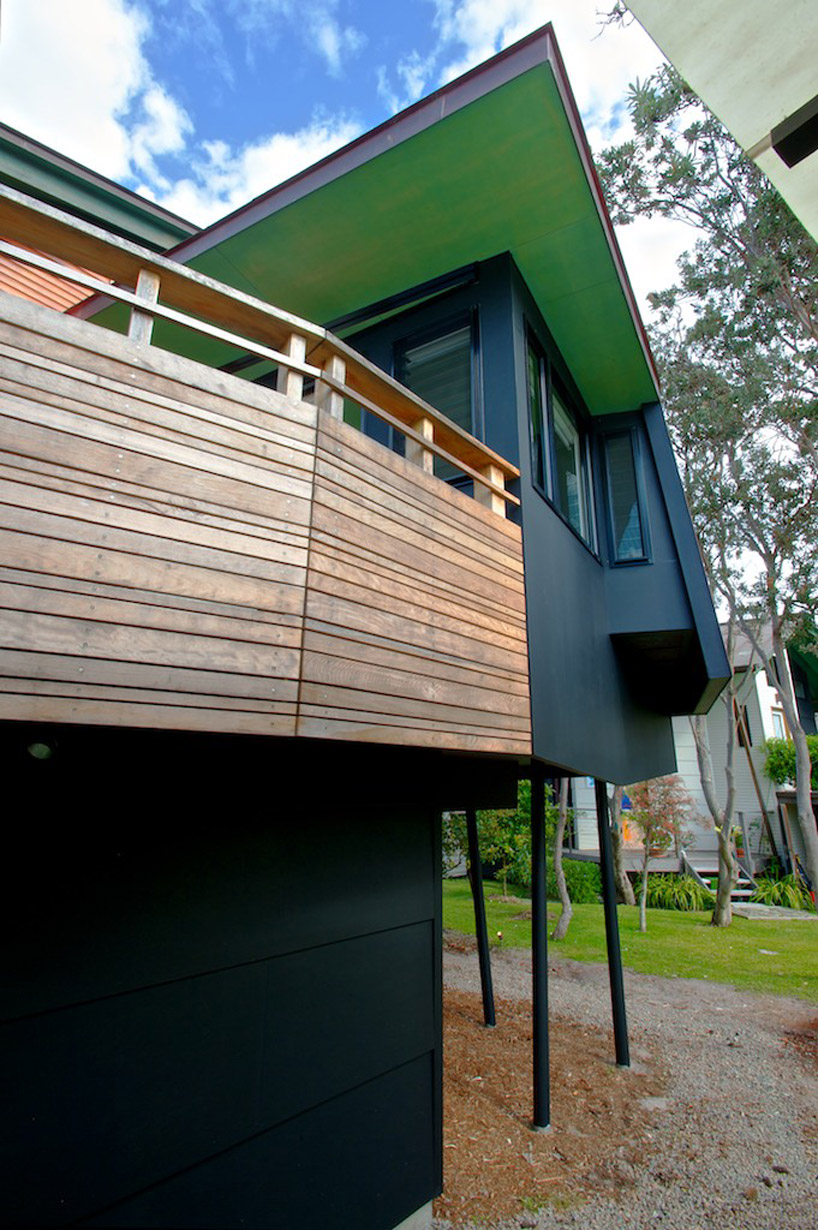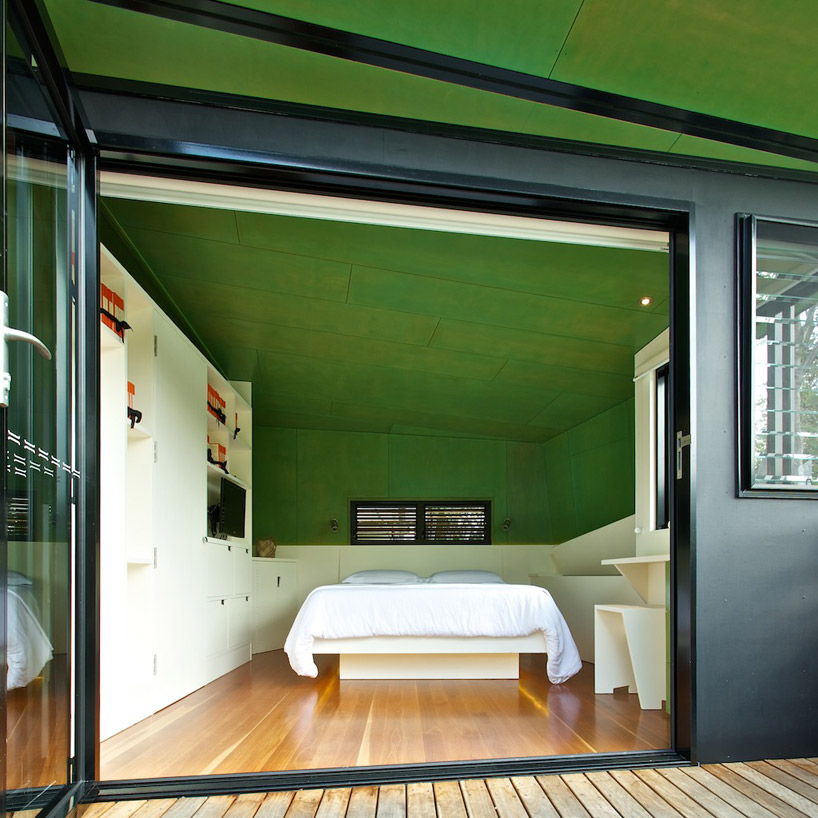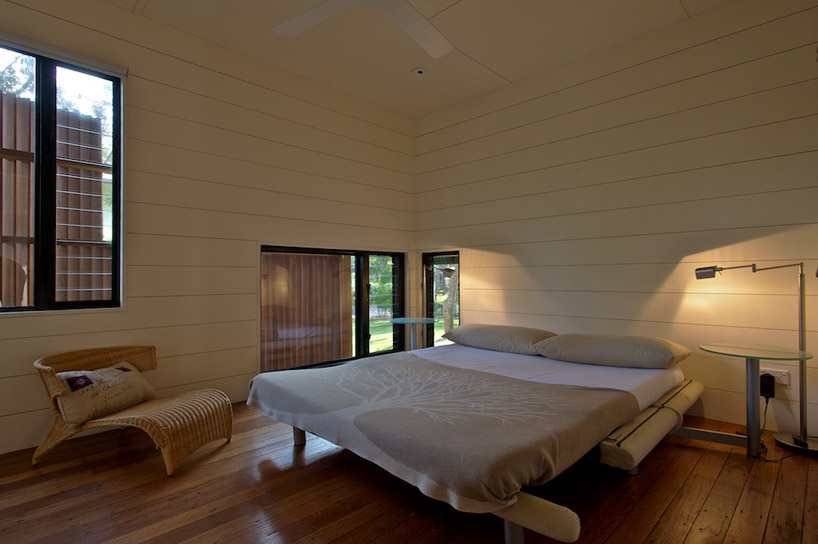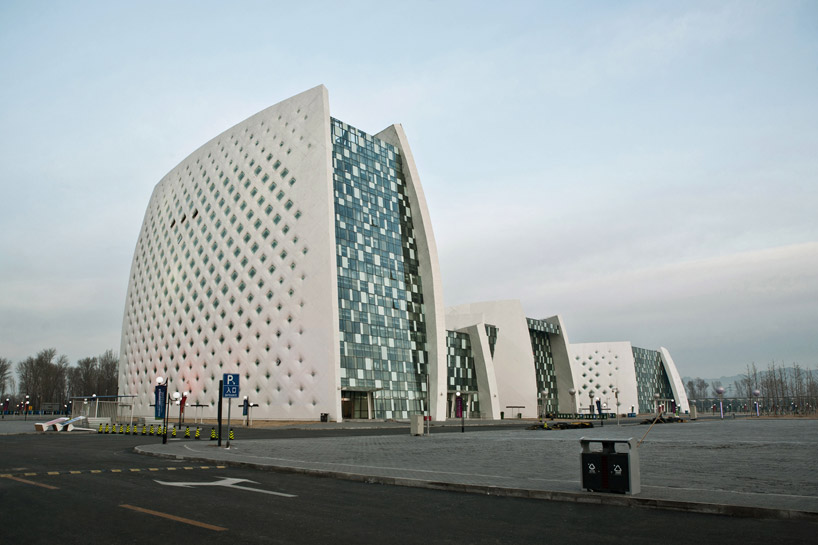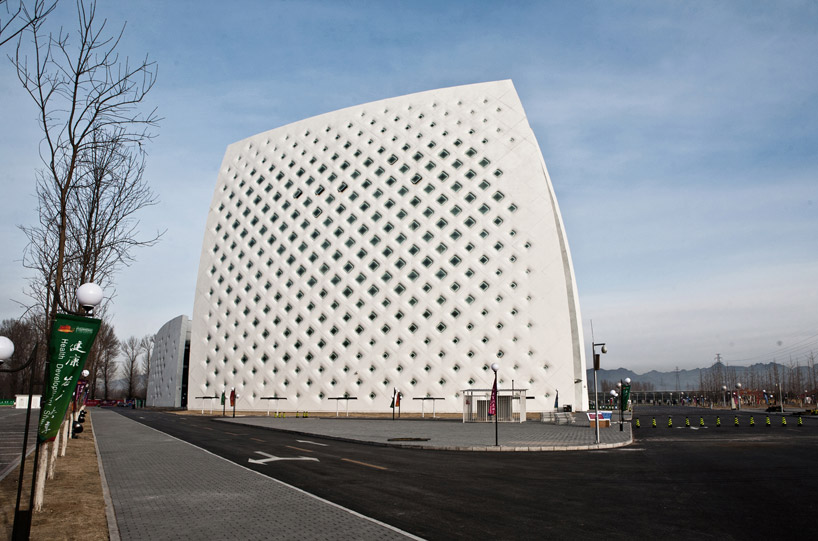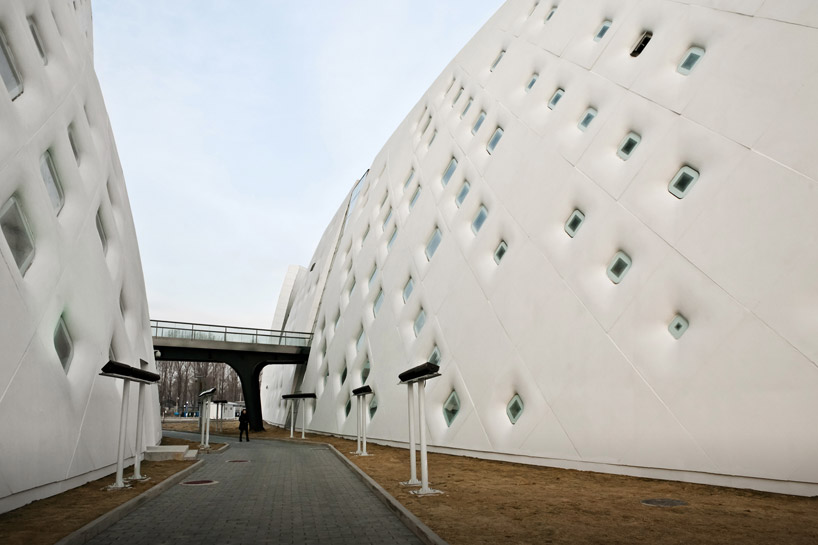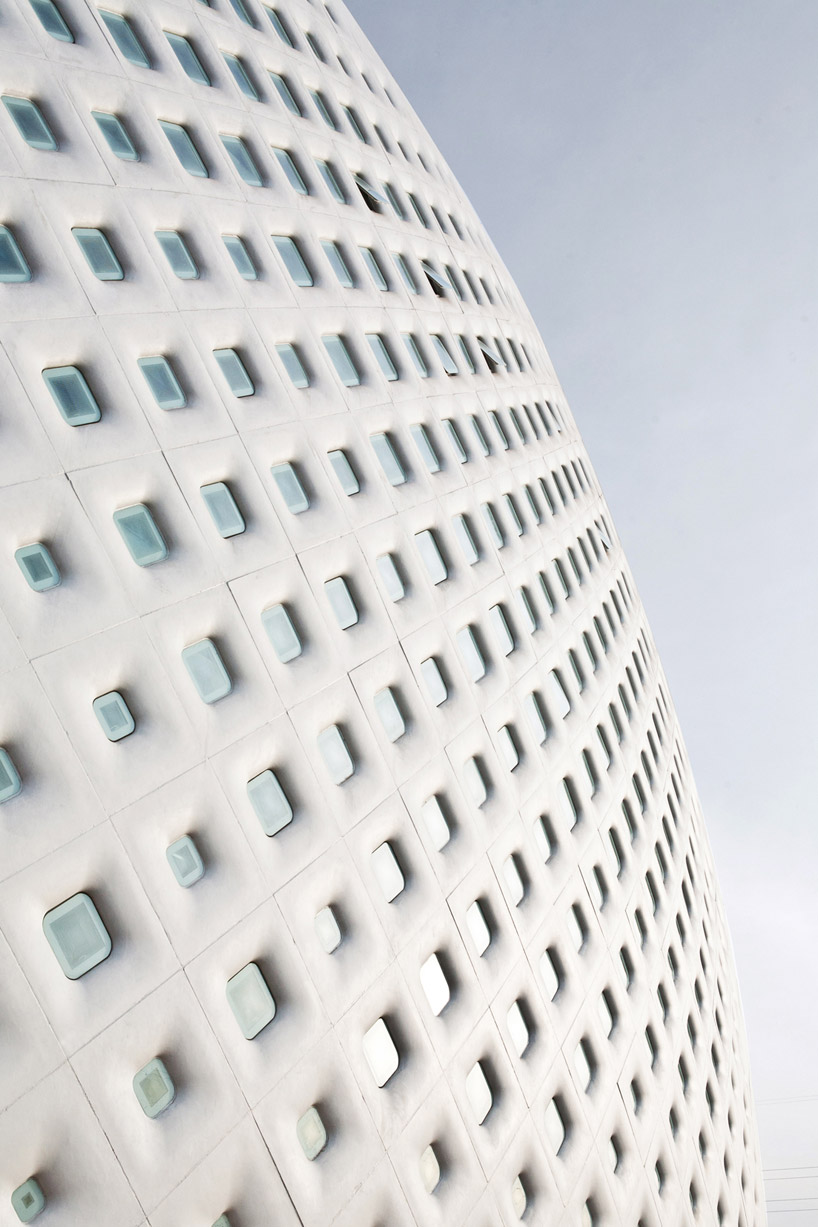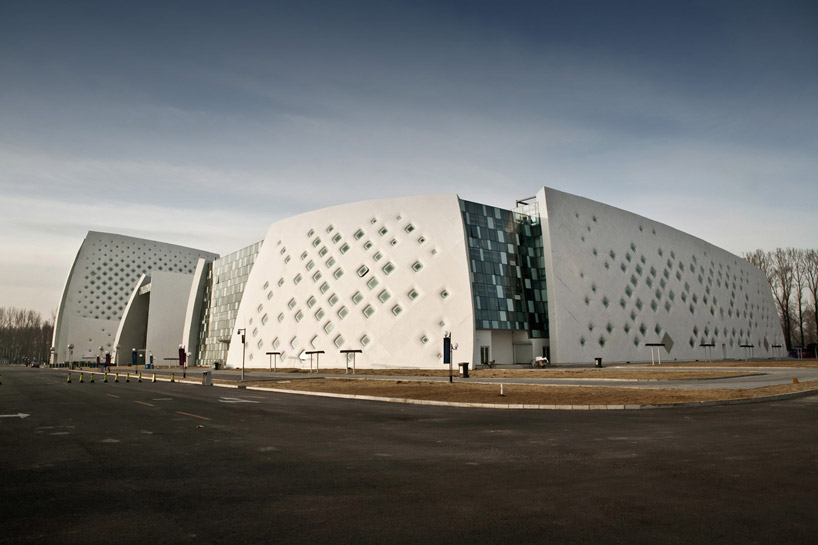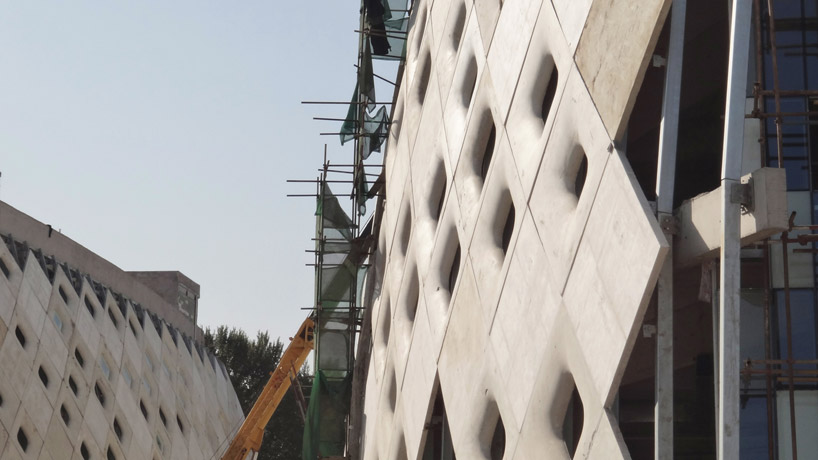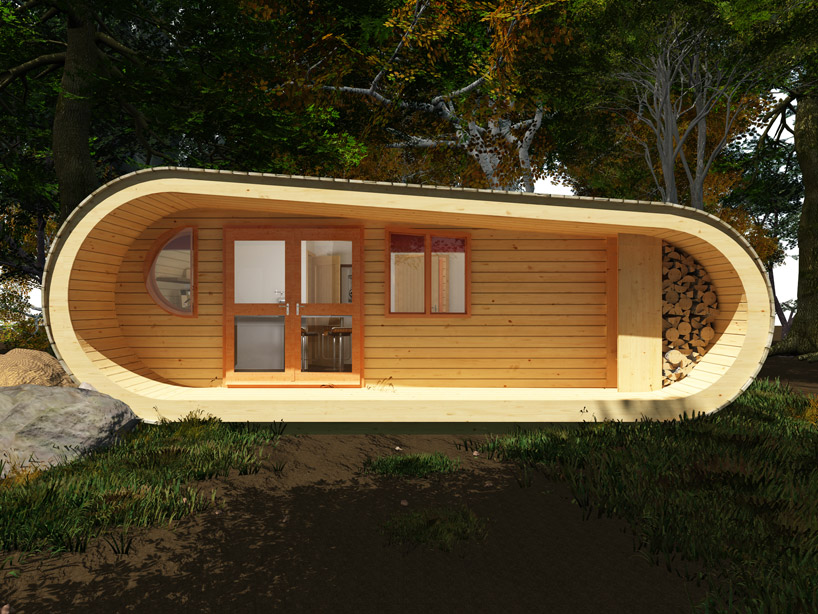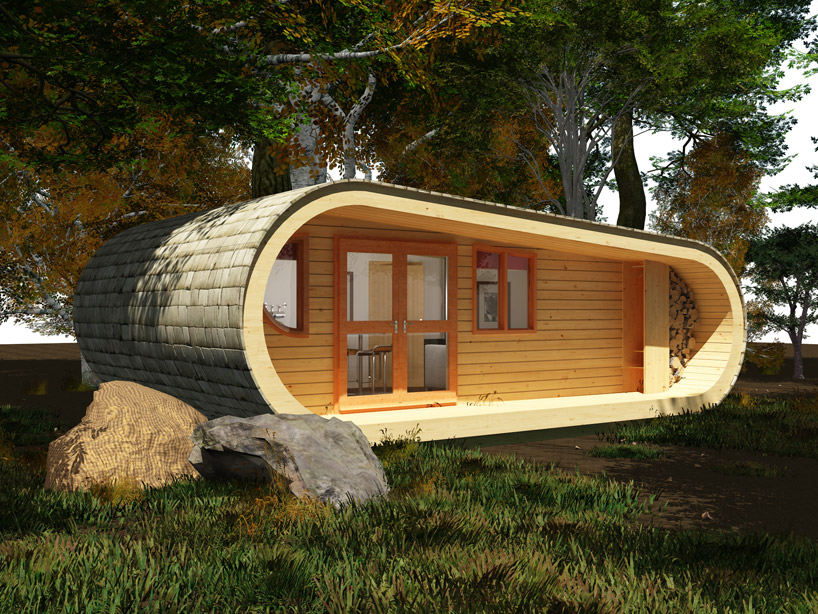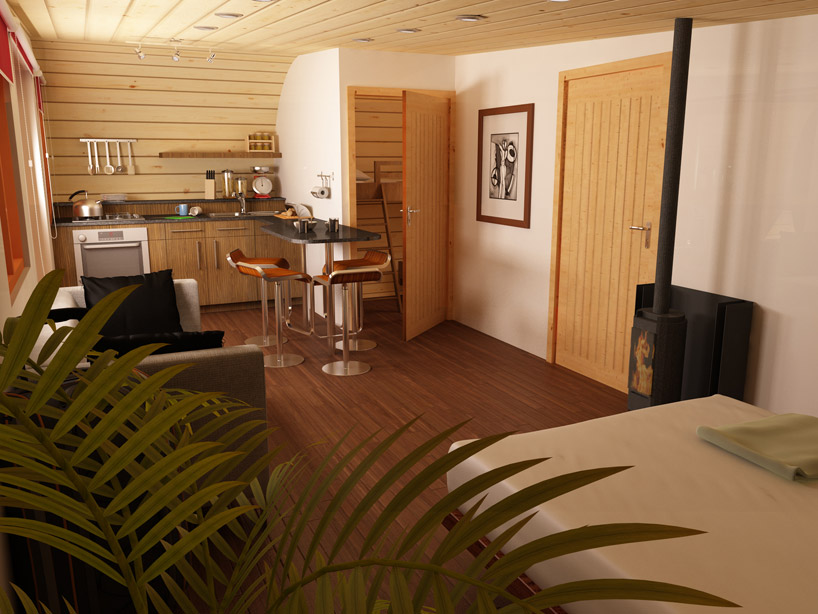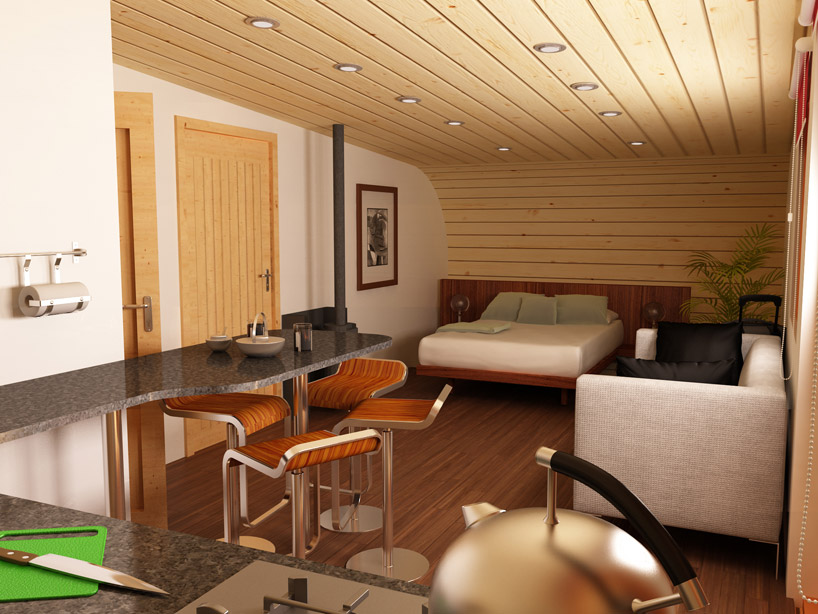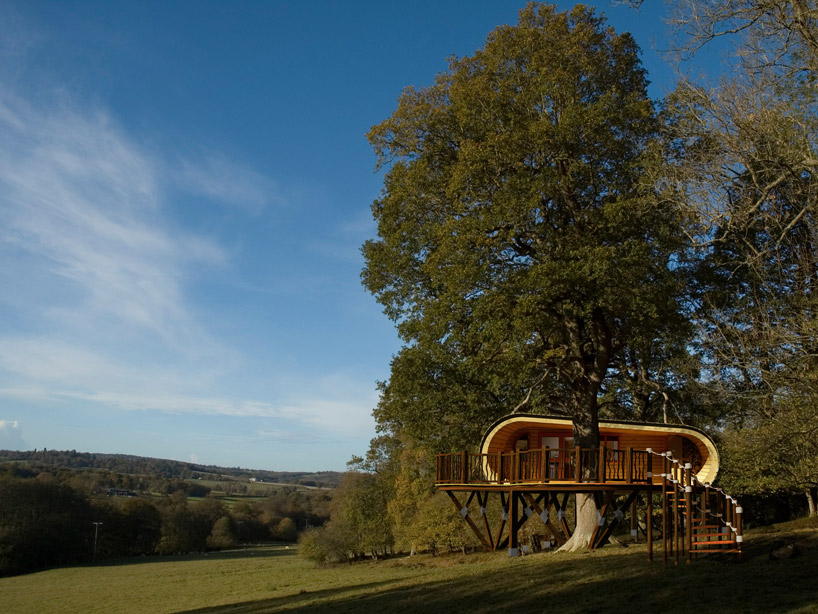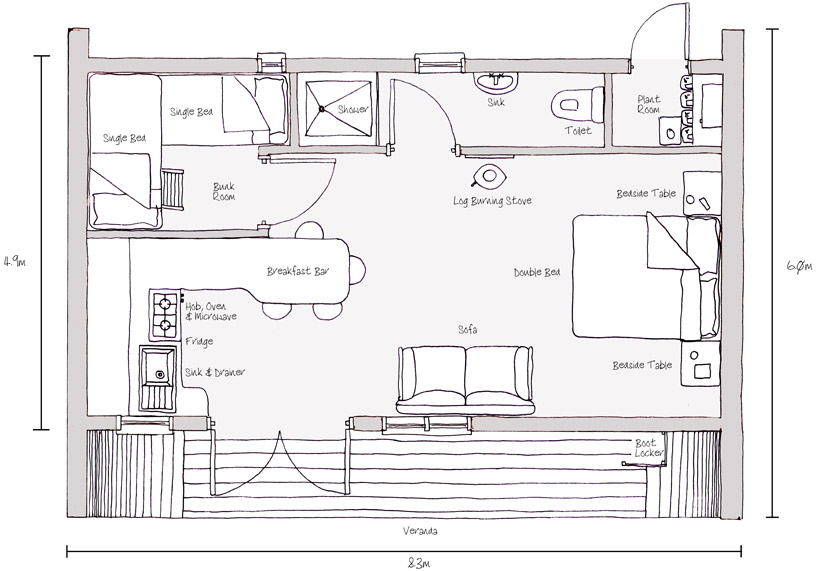Japanese architecture practice atelier sano (takahiko sano) has shared with us images of 'maruyama house', a multi-storey private dwelling in sapporo, japan. Perched on an elevated site which overlooks the city below. The design seeks to capture maximum views in all direction by equipping each facade with floor-to-ceiling windows.
Read as a cross-shaped volume resting on a subtle concrete base, the exterior is completed wrapped in a wooden skin that lends a light quality to the monolithic structure. A small road branches off from the street to a partially-underground garage, freeing up the approach and entrance from any obstructions. A small collection of trees and shrubs provide a porous line of privacy around the plot.
Surrounded on all sides by stretches of glazing, the interior space is seemingly suspended within the city and site. Panoramic views of the mountain scape serves as a backdrop to the living area, resulting in an open sense of space that goes beyond the layout of the house. Arranged as an open floor plan, the communal programs gain loose definition by a series of partial length partitions. Small spatial nooks and pockets are generated for more private programs while maintaining a free-flowing circulation and connection between inhabitants
'Maruyama House' by Atelier Sano in Sapporo, Japan
All images courtesy Atelier Sano
Image © Koji Sakai















